![How To Make/Create an Invitation in Google Docs [Templates + Examples]](https://images.template.net/wp-content/uploads/2023/07/How-To-Make_Create-an-Invitation-in-Google-Docs-Templates-Examples-788x443.png)
How To Make/Create an Invitation in Google Docs [Templates + Examples]
To formally invite someone or a group of people to an event or activity, you will need to send out…
Mar 30, 2023
Mind maps are visual tools used to interconnect a main concept or thought. It is a creative and interactive way of understanding how one word or statement correlates to the other.
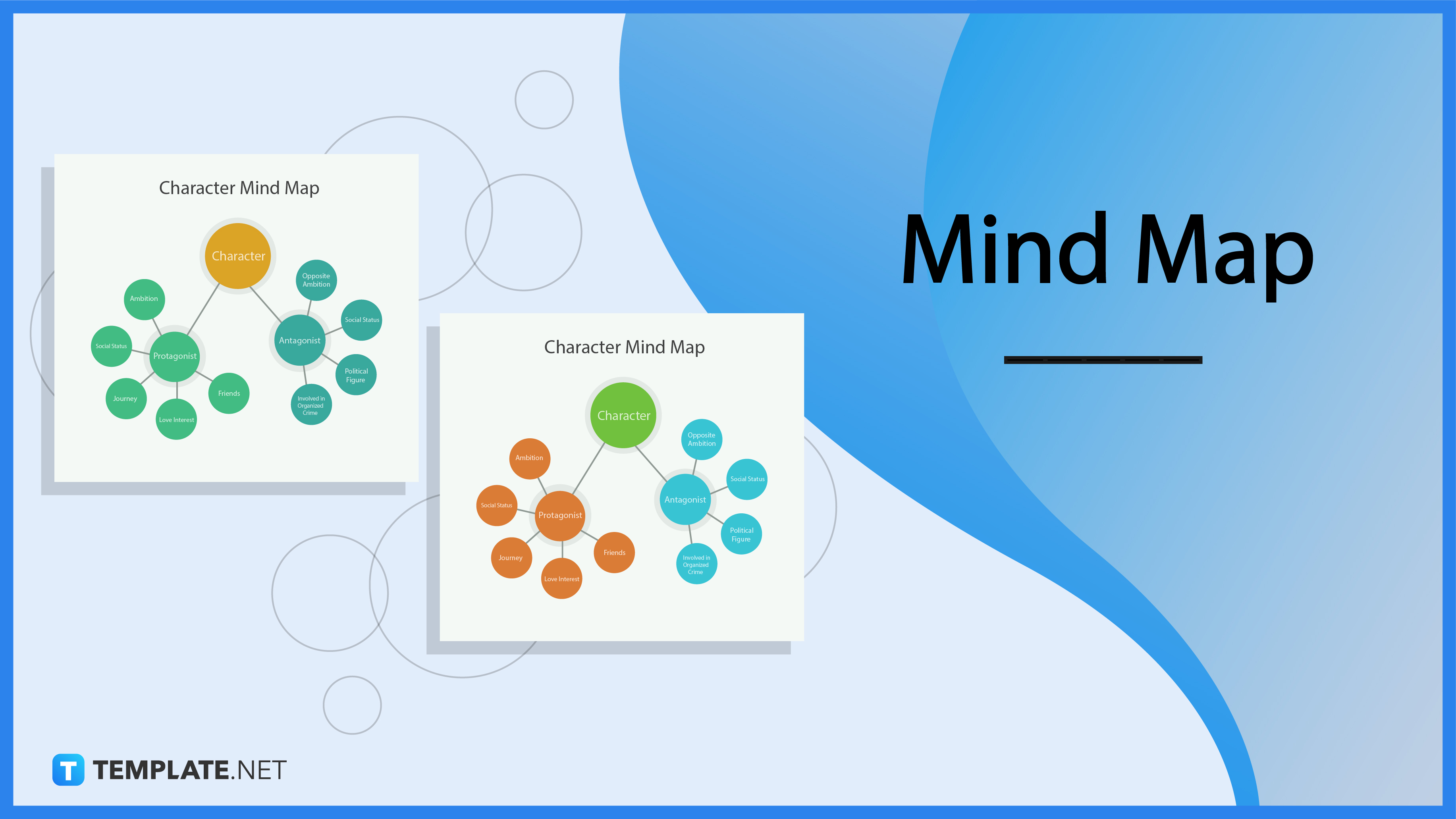
A mind map is a set of diagrams that connects a central topic or an idea with the use of words and statements for gaining insights, retaining knowledge, and building a framework for the main topic.
A mind map is used by various industries to structure information that can be used for decision-making, help link one concept to another, and is basically used for brainstorming and gathering ideas.
A mind map is an effective tool for acquiring ideas and information through brainstorming to come up with effective plans, a clear understanding of a task or project, and other relevant matters. A mind map’s design can be simple or intricate with the use of lines, charts, diagrams, or colors, icons, art, and drawings can be added to provide emphasis on a particular statement or word. Aside from that, a mind map is used for note-taking to break down various topics and concepts making it easier for one to understand a particular topic.
Business mind maps are used by various business organizations to help them create a structure for their companies, upcoming events, or for business planning. It is a perfect brainstorming tool that will help gather the right ideas to get a better understanding of a particular topic. This kind of mind map is straight to the point and features text boxes, shapes, and lines.
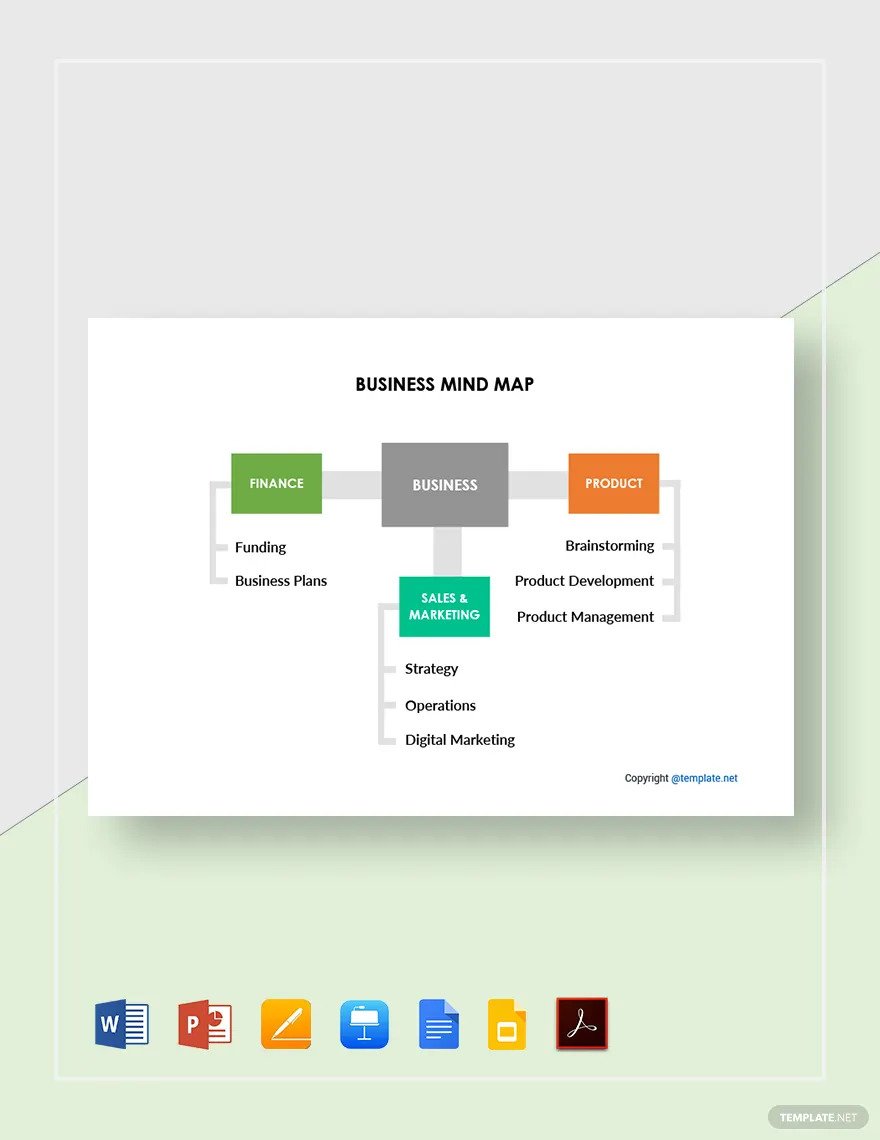
Creating a new project from scratch can be a daunting process even for the most seasoned project managers. To help provide a better understanding with the use of visuals, a project mind map is a great tool that will help project managers identify each element and issue that would cause delays. By using a project mind map, organizers can outline their project plans and present their ideas in an organized manner.
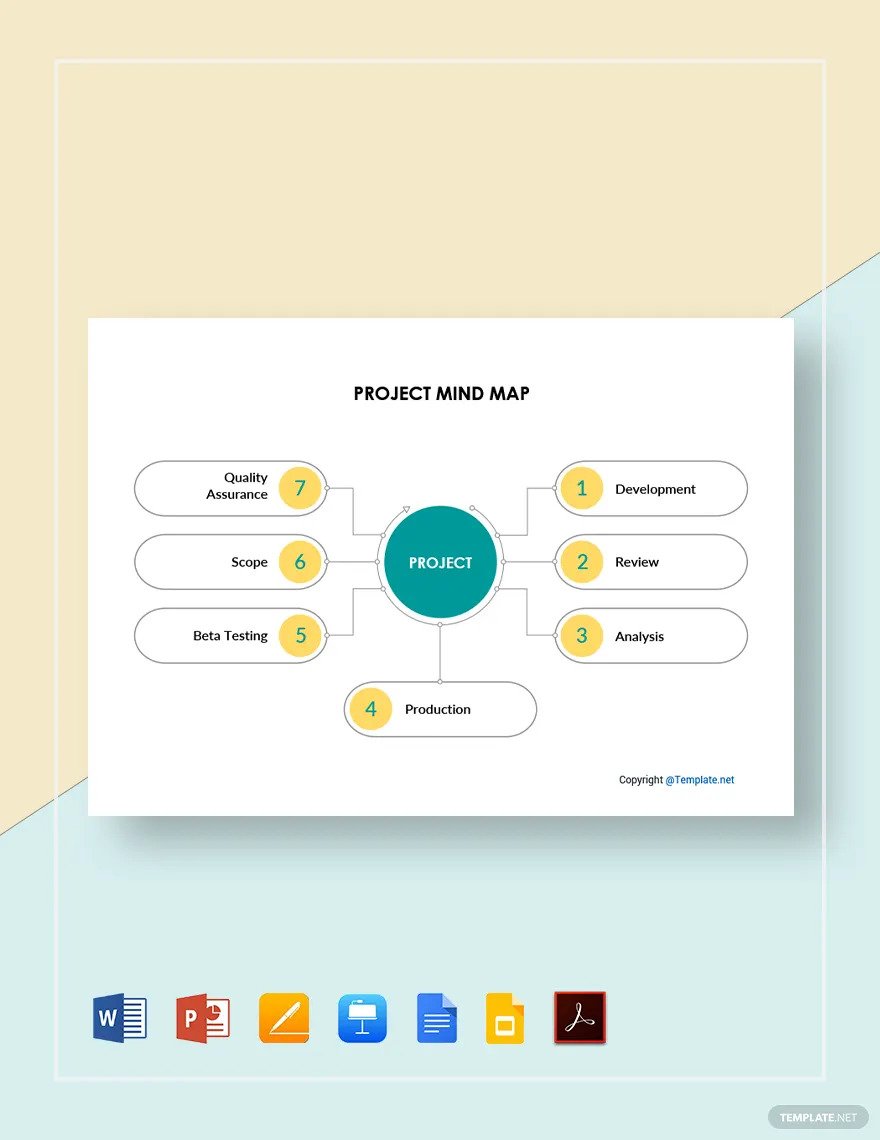
Every individual and every organization has its own set of goals, objectives, and aspirations. Creating goals can be tough and overwhelming for some so a goals mind map is one way to help divide each goal into smaller divisions for easy monitoring. It is a fun and creative way to write down goals with the use of color codes, icons, and drawings.

New ideas, skills, methods, and innovations in medicine are constantly being developed. With health mind maps, doctors, nurses, and other medical staff can better understand their patients and how to deal with them. Mind maps are great learning tools, especially in healthcare where new practices and medicines are introduced now and then.
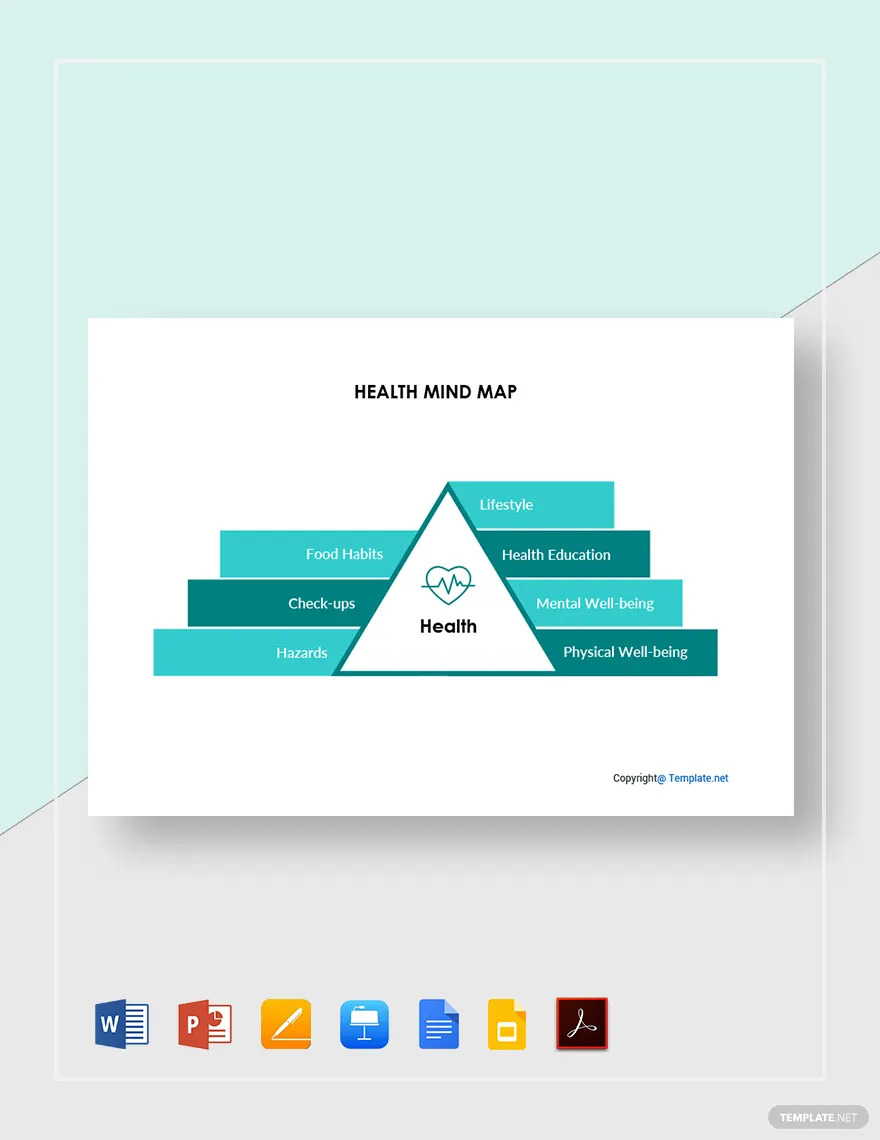
Every business needs to visualize its sales strategies and processes to hit its target. And one effective way of doing so is by creating a sales mind map. The steps in creating a sales mind map start with a central topic and are further subdivided into smaller divisions that are described using a single word or a statement.
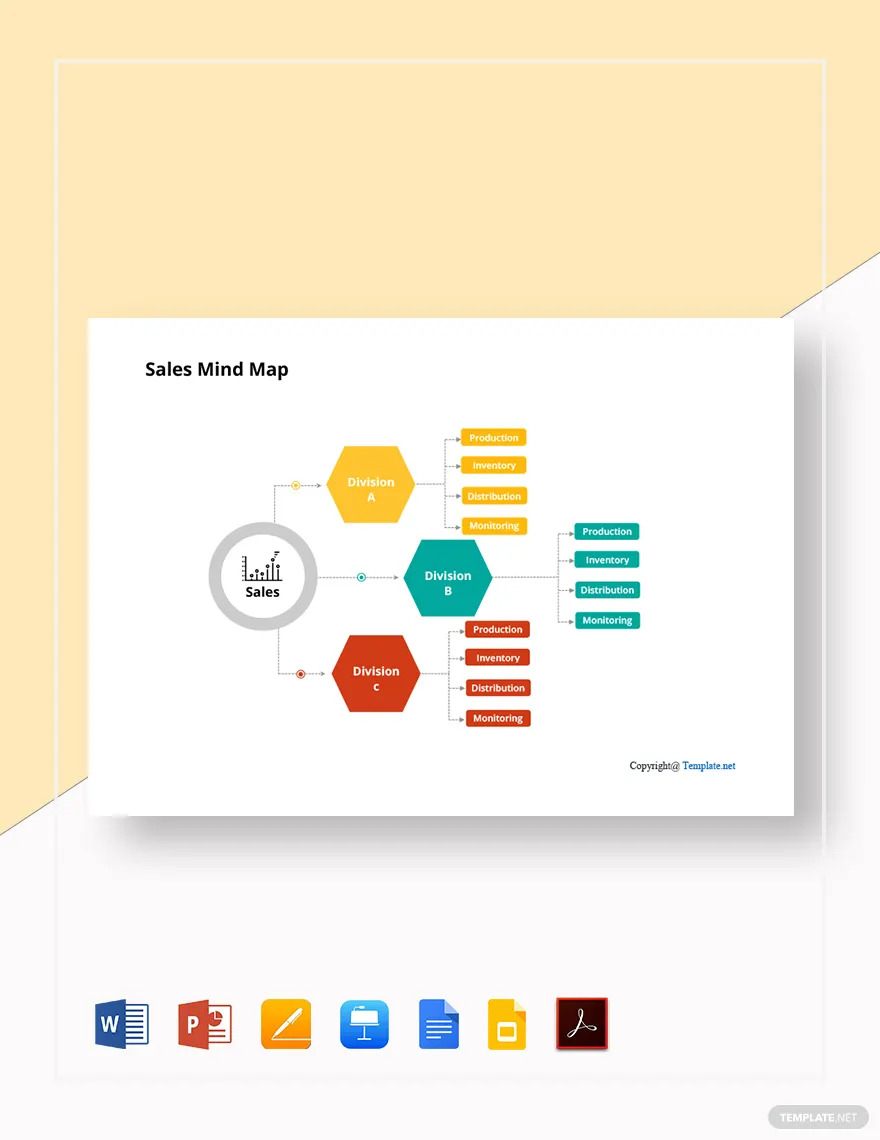
A character mind map is one way to help students better understand an identity of a certain character. It is an alternative and interactive way to perceive who the character is, the role he or she portrays, and the impact and relationship they have with other characters in the story. To make it more pleasing to look at, this mind map can take on a tree-like structure with each concept branching out, connecting one point to the other.
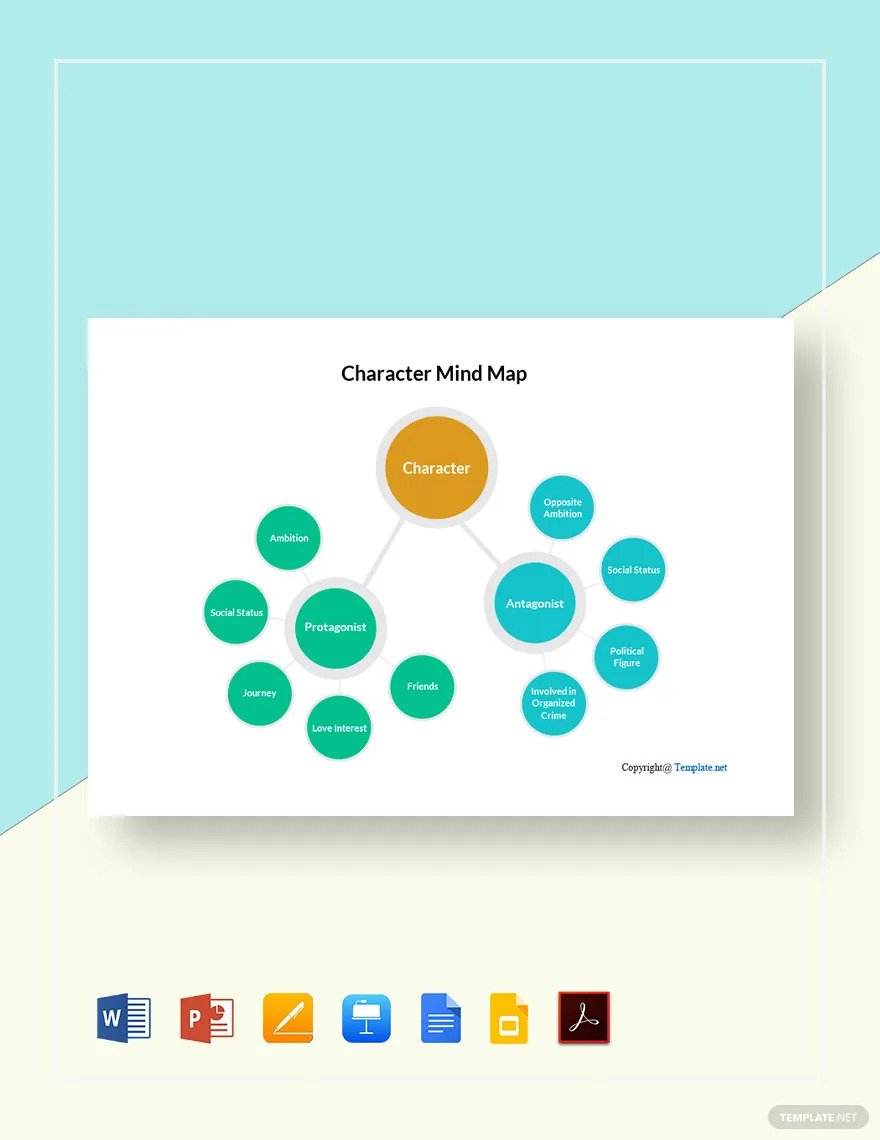
Strategic planning can be easily understood with the use of a strategy mind map. Because it offers a visual presentation and uses words that are direct to the point, employees and management can discern what the concept is all about. And more importantly, everyone concerned is on the same page.
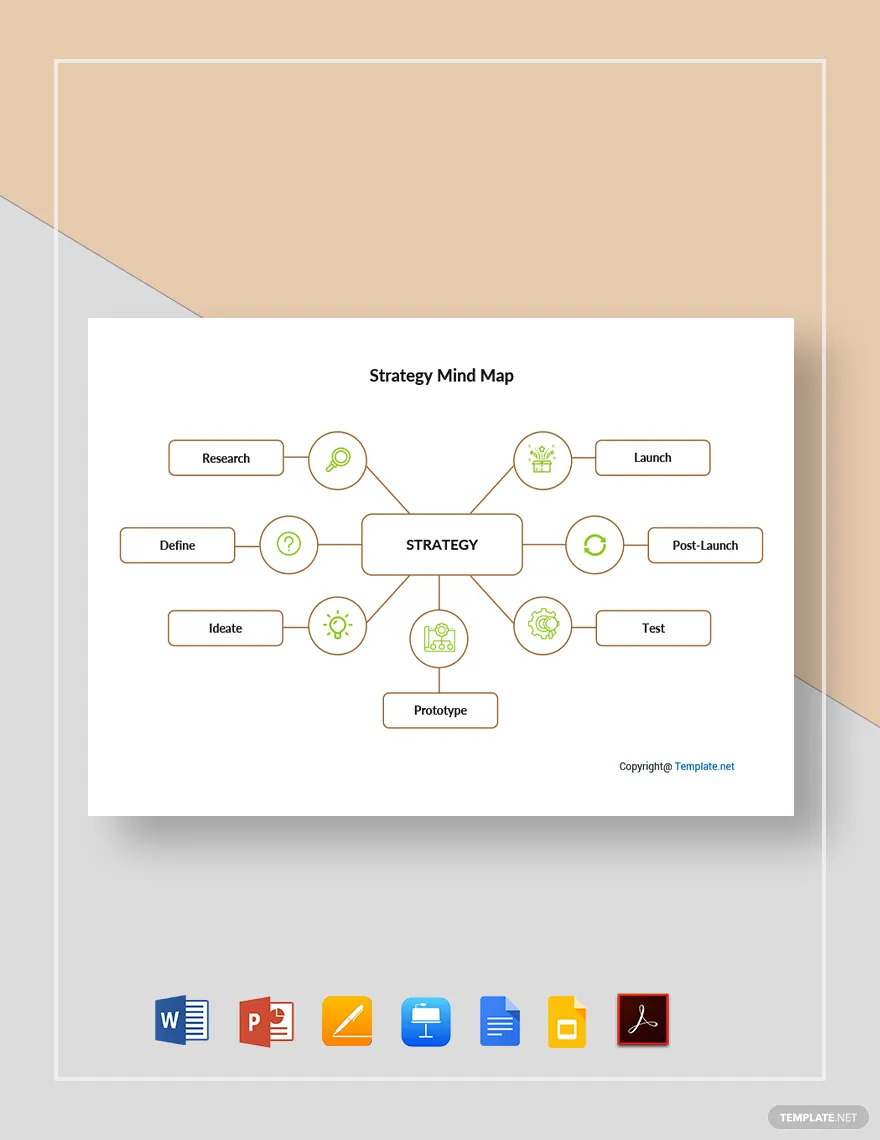
An education mind map is used to distribute information regarding lessons, various learning processes, and subjects. It is commonly used by schools, teachers, and students as a way to connect one idea to another. Visual presentation tends to be more suitable for students since a few words are used and are less overwhelming to understand.
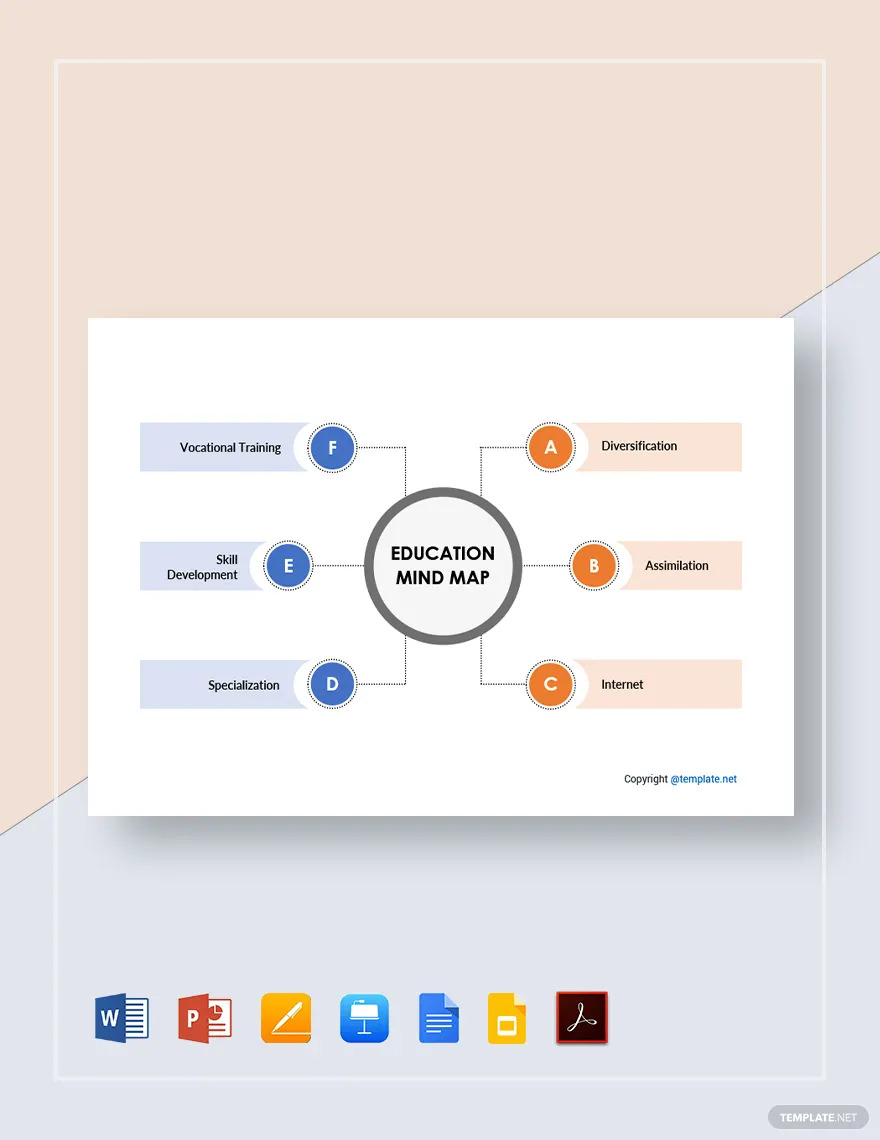
A food mind map can be used for personal reasons or by food establishments. The concept of food mind mapping is that breakdowns each food component making it easier to create a course or perhaps for those on a diet. It is simple and direct to the point and actually an enjoyable way to connect one idea to the other.

When establishing a company for the first time or revamping one, a company mind map is a perfect way to group ideas and correlate each one with another. Planning is a fundamental part of running a company and so mind mapping offers a visual demonstration of how to connect each aspect while maintaining the ideals of its central topic. It is a basic form of brainstorming and collaboration using visual aids.
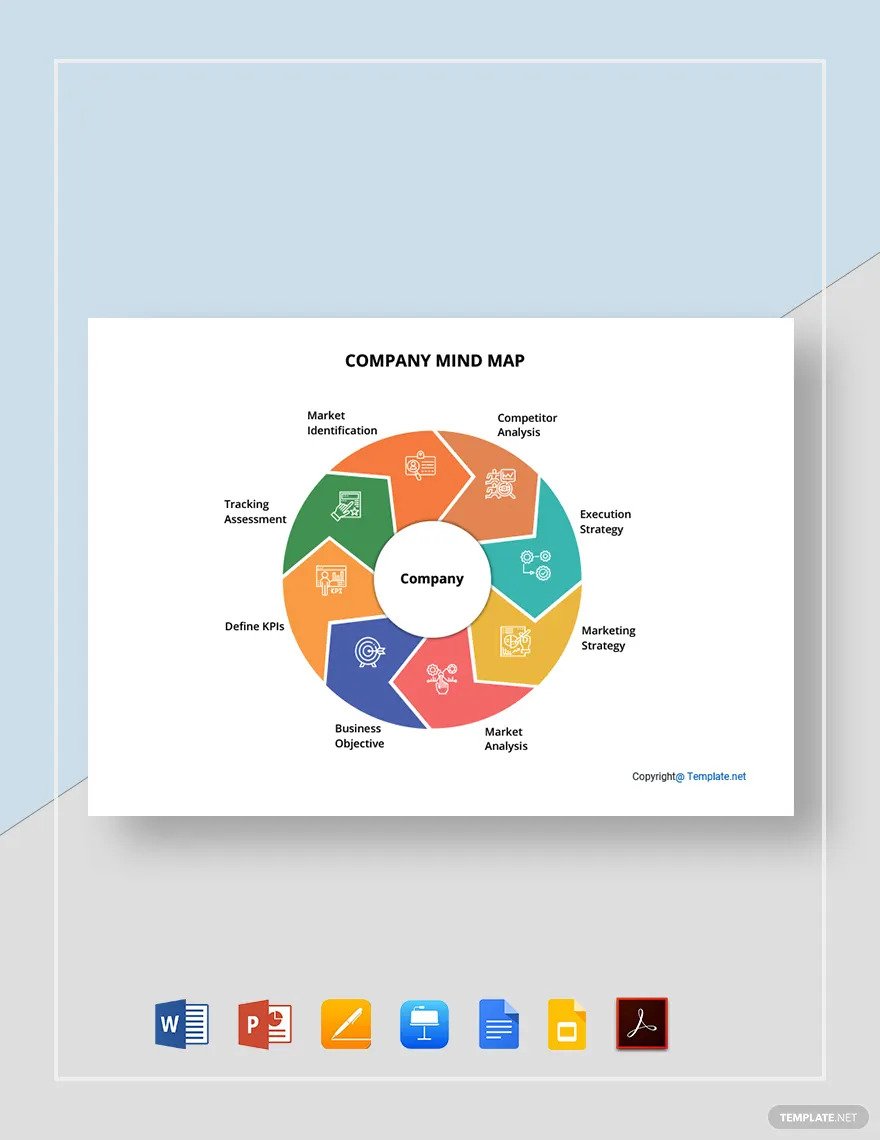
Understanding a certain concept, preparing a business plan, or planning for a project can be overwhelming and quite taxing. Sometimes it takes visuals, color coding, and fewer words to understand a concept or to help relay information to others. This is why mind maps are important visual tools that have helped contribute and relay information, and lessons learned and have played a vital part in decision-making.
Sometimes our brain would need a little time off from reading so many words all at once. With the help of mind maps or mind mapping, this will give the brain time to process one concept or idea at a time. And its visual presentation can make it easier and sometimes entertaining especially for academic purposes.
When you want to expound on a particular topic one of the best ways to do so is to use mind maps. These tools are great brainstorming mechanisms that work on individuals or a group of people and this will help them formulate ideas by using connections and associations. Thus it has become quite beneficial for various tasks such as project-making, planning, creating an organizational structure, etc.
Mind maps also improve one’s memory, especially for students. It is an effective study technique with the help of associations, which helps improve long-term memory. This is because mind maps tend to cater to the idea of gathering certain terms and words making it a whole lot easier to remember and understand.
When creating mind maps makes it more lucrative if one makes use of color codes, drawings, and diagrams. Using such helps it easier and more engaging to connect one point to another which can be used for various activities such as preparing essays and outlining articles to write. Colors and other forms of visuals help stimulate the brain which creates a steady flow of ideas.
Mind maps increase productivity because users can connect their ideas and brainstorm faster since it is easy to use. You get to prioritize your tasks, create timelines and deadlines and manage each progress. It gives you a direction of which way you want to go without wasting your time on other things.
On the upper portion of a blank page or template is the title so that the readers can identify what the material is used for.
The central topic or theme is located at the center of the mind map. It is presented as an idea, a concept, a process, or a problem.
Sub-topics, associations, or connections are interconnected using lines, linear diagrams, or curved lines. Sub-topics or associations are written in a single keyword or a short statement.
Graphics are usually present in mind maps since it helps the brain remember things easily and it synthesizes visual information faster.
Another important feature of a mind map is the use of color or color codes. Not only does it improve memory but it makes the document more appealing and interesting to look at.

1. Select a Mind Map Size.
2. Determine the purpose of a mind map.
3. Choose a Mind Map Template.
4. Add a central topic, and interlink each concept with the use of diagrams, lines, and vectors.
5. Include a title and add color codes.
6. Save and download the template.
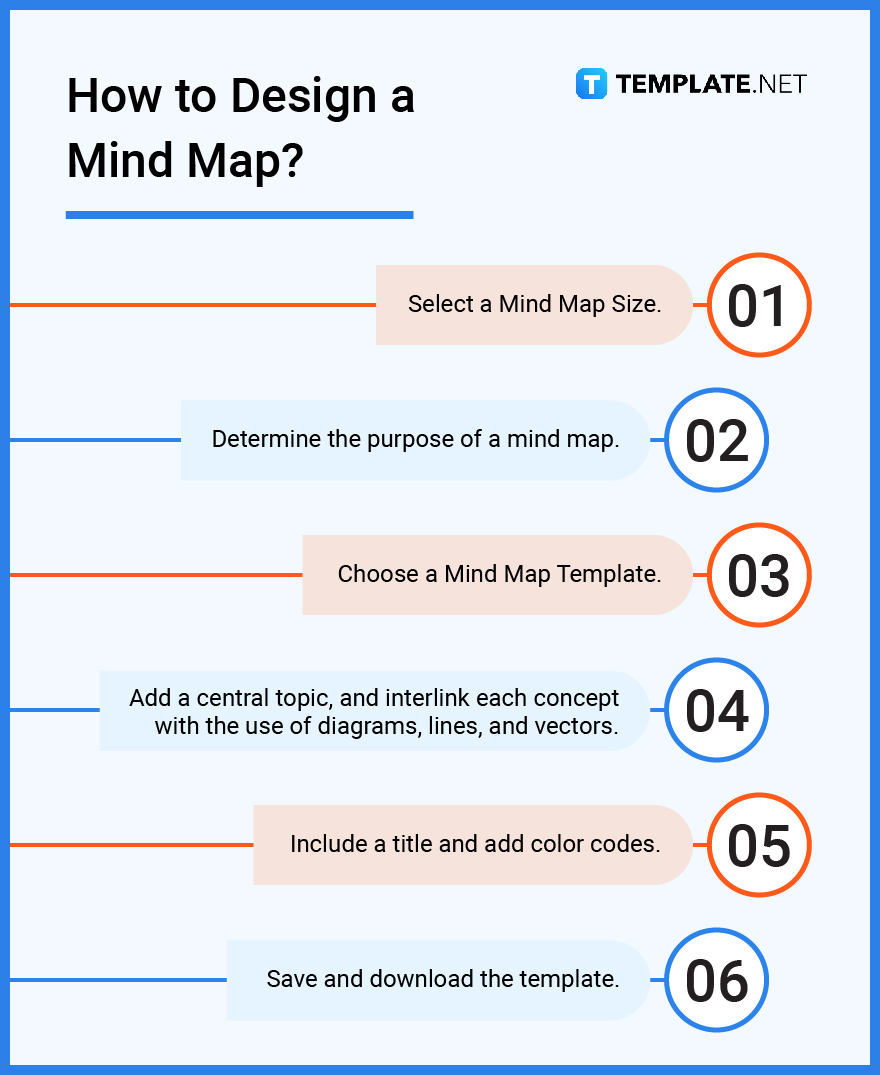
Mind map utilizes concepts and ideas from brainstorming and suggestions.
A concept map on the other hand has a more in-depth analysis and it tends to tackle a variety of problems.
A mind map is a series of diagrams, straight or curved lines that links a central theme to a series of sub-topics or sub-categories.
A road map is a comprehensive strategy or plan that is designed to reach a specific goal.
A flow chart is a representation of a workflow, procedure, or process using diagrams and boxes.
Mind maps are used in various areas of expertise such as project management, business plans, academics and sciences, and for personal use and development. With that said, it is important to know that various mind map sizes and layouts apply to each industry whether for organizational or individual purposes.
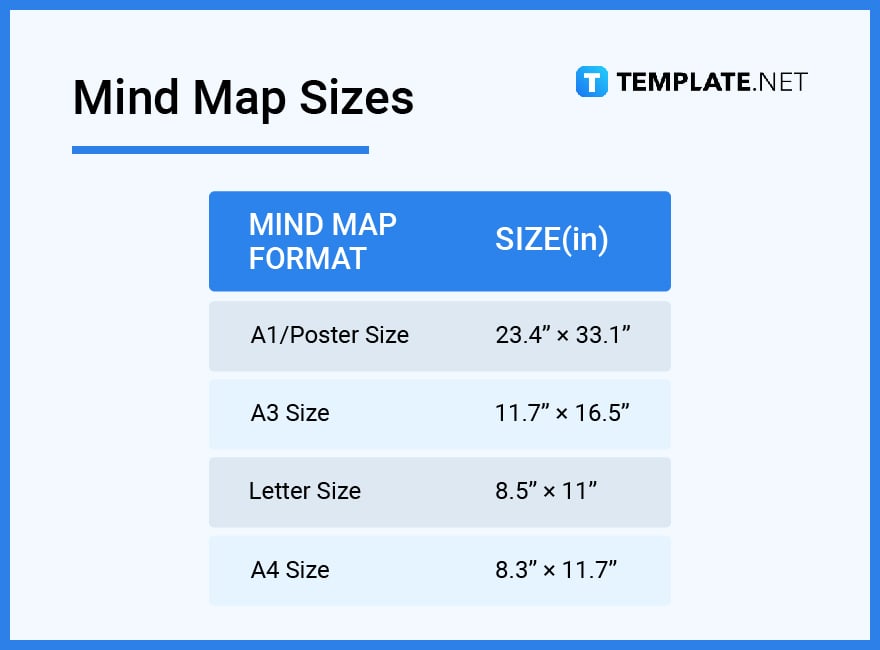
Just about anyone can use a mind map to help them with their personal or business endeavors. A variety of mind maps ideas and examples can accommodate just about any topic or theme which is why it is ideal for brainstorming and learning activities.
These so-called branches of a mind map are the different levels that interconnect one thought or idea to another.
A mind map’s curved lines or branches are used because it allows the brain to quickly remember one topic from another and is more pleasing to look at.
The first element and most important one is creating a central idea or topic.
First, a mind map should have a main topic that is located in the center, afterward, a series of new and related ideas are linked from the main topic branching out to more sub-topics that are formulated through a series of keywords.
Mind maps use a hierarchical structure that maneuvers information from the main topic to supporting sub-topics typical of an organization that follows different levels of authority.
The most important step in preparing a mind map is determining the main topic and how to interrelate one idea from the other.
There are several rules to follow when creating mind maps such as making use of a central image or topic, using branches to interlink sub-topics with three or more colors, and writing down a keyword(s) per line.
The goal of a mind map is to help its user understand the how main topic can correlate with other ideas and concepts that can help them create outlines, solve a problem, or as a basis for decision-making.
Mind mapping is considered a non-linear process as it is more advantageous to make use of branches or spider diagrams to help branch out into subcomponents.
Mind mapping is a type of memory technique because mind maps tend to use associations and images which helps the mind remember without getting too overwhelmed and is less taxing than reading sentences or paragraphs.
![How To Make/Create an Invitation in Google Docs [Templates + Examples]](https://images.template.net/wp-content/uploads/2023/07/How-To-Make_Create-an-Invitation-in-Google-Docs-Templates-Examples-788x443.png)
To formally invite someone or a group of people to an event or activity, you will need to send out…
![How To Create an ID Card in Google Docs [Template + Example]](https://images.template.net/wp-content/uploads/2023/07/How-To-Create-an-ID-Card-in-Google-Docs-Template-Example-788x443.png)
ID cards are used as a way to represent an individual to the company or organization they work or volunteer…
![How to Make an ID Card in Microsoft Word [Template + Example]](https://images.template.net/wp-content/uploads/2023/07/How-to-Make-an-ID-Card-in-Microsoft-Word-Template-Example-788x443.png)
ID cards are an essential part of any employee working for a company or an organization to be recognized as…
![How To Make/Create a Book Cover in Google Docs [Templates + Examples]](https://images.template.net/wp-content/uploads/2023/07/How-To-Create-a-Book-Cover-in-Google-Docs-788x443.png)
Aside from protecting a book, book covers are specifically designed to attract readers and convey the essence of the book.…
![How To Make/Create a Book Cover in Microsoft Word [Templates + Examples]](https://images.template.net/wp-content/uploads/2023/07/How-To-Create-a-Book-Cover-in-Microsoft-Word-788x443.png)
A book cover is the outer layer of a book that is used to protect its contents. Book covers are…

Job vacancy is a common scenario in companies and organizations. Employees leave for all kinds of reasons and when they…
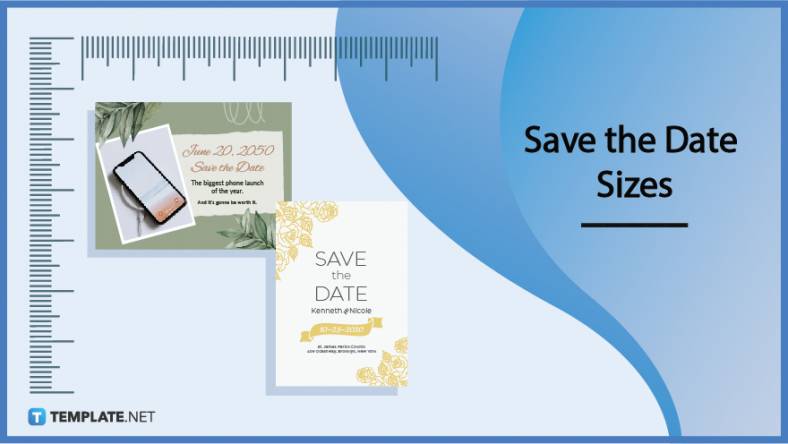
Save the date sizes are usually the same size as a formal invitation. But there are a number of different…
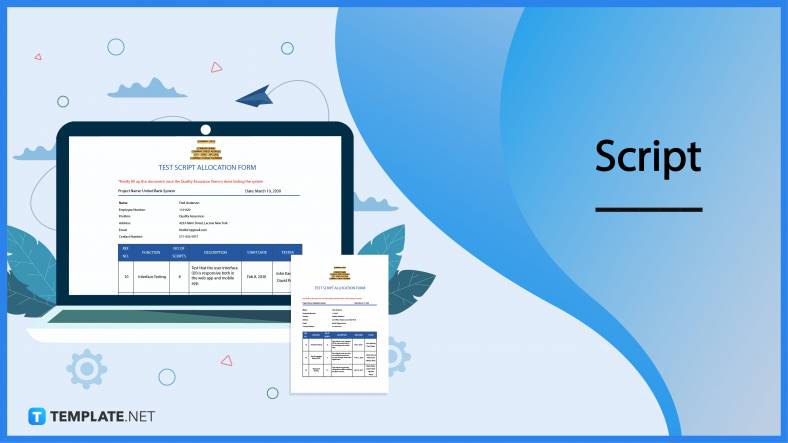
Script is a popular word that is frequently used in the entertainment world. There are a variety of areas and usages…

Presentations may not look as pleasant as how you design them with pictures, animations, videos, and other graphic designs without…